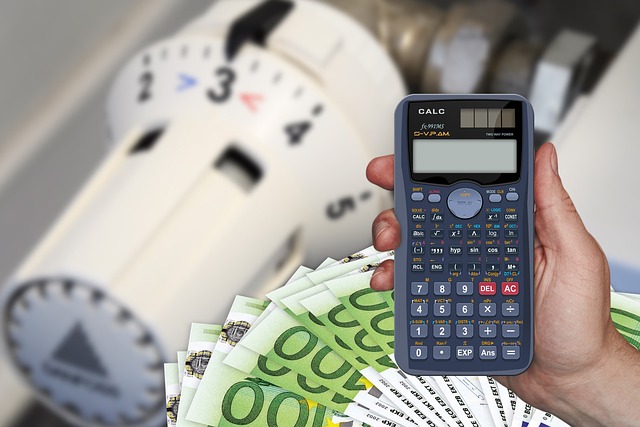As winter approaches and temperatures begin to drop, many electric vehicle (EV) owners start to have questions about their car’s winter range. It’s a common concern that affects how we think about using our vehicles in colder climates. Understanding how electric cars perform in the winter can equip you with the knowledge to face the season confidently, ensuring you won’t find yourself stranded in an unexpected cold snap.
Electric cars are becoming increasingly popular, but their performance in winter weather can differ significantly from traditional gasoline-powered vehicles. As temperatures plummet, EVs often experience a reduction in efficiency. Cold weather impacts the battery chemistry, which can lead to decreased range. Typical reductions can range from 20% to 40% depending on the severity of the weather and how the vehicle is used.
One way to step up your EV’s performance in colder months is by investing in a good car service. Regular maintenance is crucial, particularly in winter, as it helps to ensure your vehicle is in top shape to handle the frosty conditions. Battery health can diminish over time, which may exacerbate winter range concerns. A thorough check-up that includes inspection of battery systems, charging mechanisms, and the overall condition of your car parts will contribute to better performance.
It’s also important to pay attention to your car’s tires. In the winter, ensuring that you have winter-specific tires can improve traction and handling, which can indirectly affect your EV’s efficiency. As your car grips the road better, it may also require less energy to maintain speed, helping you make the most of your winter range. After all, maximizing efficiency in cold weather starts with the basics of ensuring your car is equipped to handle the environment.
Many electric vehicle manufacturers are now aware of winter range concerns and have been proactive in developing software and hardware solutions to combat these issues. Innovations in battery technology, such as improved thermal management systems, help maintain optimal performance even in chilly temps. As part of the car news landscape, it’s worth keeping an eye out for announcements related to EV performance upgrades and new models equipped for better winter range.
Lastly, and perhaps most importantly, driving habits can have a significant impact on winter range. Utilizing regenerative braking, pre-conditioning your vehicle while it’s still plugged in, and keeping climate control usage to a minimum are all effective strategies to help preserve battery life. Learning how to adjust your driving style can empower you, ensuring you get the most out of your car during the colder months.
With the right knowledge and preparation, navigating the winter in an electric car can be a seamless experience. Understanding the factors that influence winter range allows you to make informed decisions and enjoy your vehicle to the fullest, no matter the weather outside.




